The mining industry is experiencing major sustainability challenges, and the stakes have never been higher. With mounting pressure to comply with stricter regulations and rising demands to conserve energy, water and reduce waste, companies failing to meet their environmental targets face significant consequences. However, challenging times can also open up opportunities for those willing to invest in innovation and efficiency.
└ų▓®╠Õė² recently sat down with Heikki Metsälä, President of Metso's Services business area to see how leveraging innovations and a holistic approach can help propel the company, its stakeholders, and the industry — along the pathway to net zero. Metso has sought to lead by example, advancing its own operations, supply chain, and factories, while also helping its customers reach their environmental goals through innovations to its parts and services portfolio to improve productivity and efficiency.
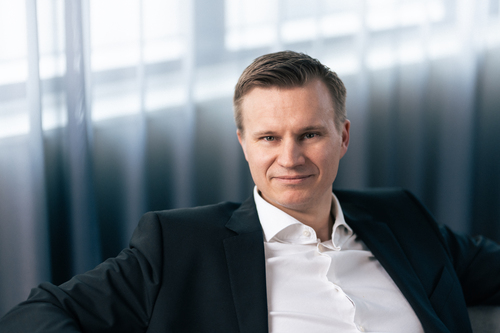
What trends are you seeing in the industry in terms of sustainability? ŌĆŗ
We are seeing a significant shift towards stricter legislative and regulatory requirements. With the push towards electrification, there is an increasing demand for metals such as nickel, copper, lithium, zinc and manganese, among others. Hand in hand with this, we are encountering more demands and regulations being placed on producers, suppliers, and customers. At Metso, we're dedicating a lot of effort to help the industry understand and manage its environmental impact. We believe that being a responsible partner means more than just maintaining our own standards. It's also about supporting and encouraging efforts throughout our production footprint, supply chain, and among our customers — for example with optimization and recycling programs. One last area that we are hearing about recently is the mining industry's focus on preserving biodiversity. This is something that we recognize as an upcoming challenge for our customers, and we are exploring options to see where we can have the greatest impact in this area.
You mentioned helping customers reach sustainability targets through optimization. In what way can this have an impact?
That is a good question! From my previous role in Metso's Consumables business, parts optimization is the first thing that comes to mind. For example, mill liners and crusher wears that are optimized to meet a customer's application can last significantly longer, which means fewer changeouts needed each year, reduced consumption of new liners, and fewer less worn parts sent to landfills. Over time, these gains can really compound. Our R&D teams are continually looking at the materials used in our parts, such as steel, rubber, manganese, and various alloys selected to get the most life from the produced parts.
Beyond optimizing parts for longer life, process performance improvements can also have a major impact for our customers as they aim to get the most out of their operations with the least number of resources or inputs. It is important to consider the parts, the equipment, as well as the various process islands while exploring ways to increase energy efficiency, reach higher throughputs, and achieve better-quality end-product and recovery levels. This can involve a thorough site audit to search for bottlenecks and associated improvement opportunities.
One important point I would like to make is that optimization is not a one-time thing — it is really an ongoing and continuous process. As ore properties change or the site's production targets vary due to changing market conditions, the wear parts selected or the way the circuit is being operated needs to be adapted. Once a customer has optimized their parts selection and process, even further gains can be made through selective upgrades and modernizations to their older equipment, bringing additional efficiencies. Optimizing a site's repair plan and implementing rotable exchange programs with a focus on keeping equipment running longer and reducing waste will also make a difference.
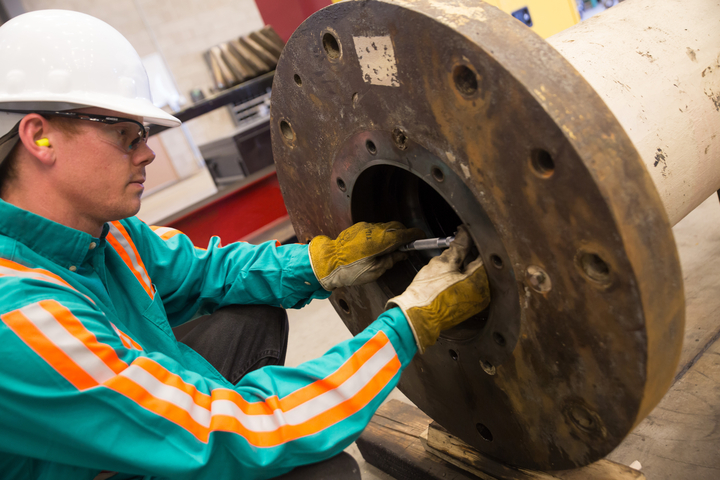
What role does recycling, and the circular economy play in your initiatives? ŌĆŗ
Our priority has been to examine our own rubber and Poly-Met factories around the globe to find ways to close the loop when it comes to materials. Steel can be quite straight forward and can be reused repeatedly, while other materials such as rubber are trickier to recycle. However, we have been making significant progress in this area. We have been pioneering the recycling of mill liners for over a decade, with our most recent activities including the opening of a new recycling facility in Europe in 2022, as well as the expansion of our recycling network in Chile, with the inauguration of an industrial-scale facility to serve the region. We have found that being close to the customer is important for these services to work, as otherwise the fuel consumed in the transport of worn materials can reduce the sustainability benefits.
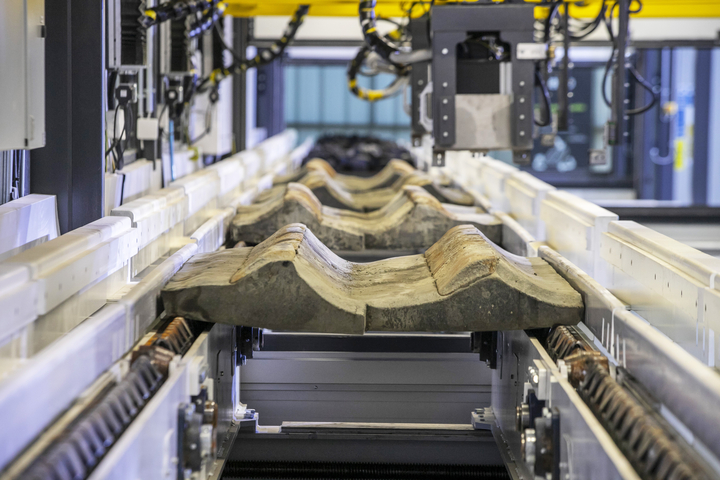
The Metso Sorocaba manufacturing units recently received a carbon-neutral verification. Can you tell us more about this and other efforts?
This is a project of which I am personally quite proud. The Sorocaba foundry and rubber factories represented roughly 20% of Metso's own CO2 emissions, and reaching carbon neutrality is quite difficult to achieve in energy-intense foundry operations. The most significant initiative towards acquiring the renewable certificate took place in the first quarter of 2023, where we partnered with a local supplier for biomethane-sourced Gas Renewable Energy Certificates (GAS-RECs). This enabled the facility to zero-out their remaining CO2 emissions from 2023. With the carbon-neutral verification (in line with PAS 2060:2014 standard from an independent third-party — BSI), we help our customers in reducing their supply chain emissions. We want to be a sustainable partner for our customers and the verification is a great example of executing tangible actions — working together with both our global and local teams.
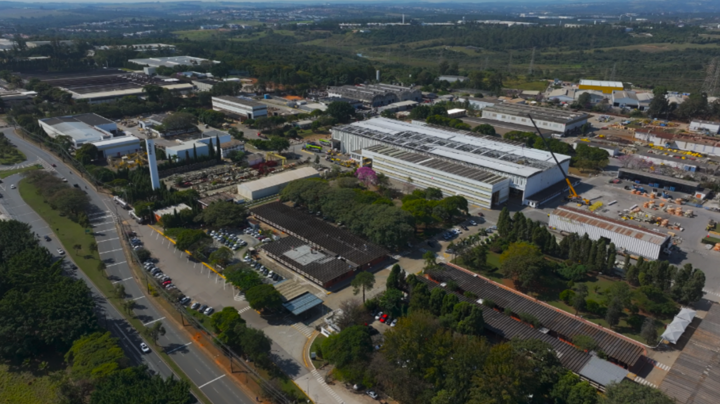
In addition, Metso just opened a cutting-edge Dewatering Development Hub in Irapuato, Mexico. The modern facility was designed to meet customers' diverse dewatering solution needs, offering reduced response times, environmental advantages and ensuring delivery reliability. Environmental considerations have been strongly integrated into the planning of the facility operations and energy use. Solar power capacity has been installed to the extent permitted by law, supporting Metso's goal of achieving net-zero CO2 emissions for its operations by 2030.
We have also been actively analyzing our own vendors and suppliers to reduce CO2 emissions from our supply chain. Currently, over 30% of spend is being made with suppliers who have committed to to manage carbon emissions. So, for those businesses aiming to reduce their CO2 footprint, Metso becomes a more viable supplier by taking these actions.
Digitalization is a hot topic these days and Metso recently inaugurated a new digital center in Poland. How can digitalization help to solve common customer challenges? ŌĆŗ
Yes, the Digital Design and Development Studio in Krakow will bring new capabilities and competencies in software development, design, data, and AI, to meet our customers' growing demand for these offerings. This new facility supports our overall digital strategy which focuses on equipment performance, centered around remote monitoring and prescriptive maintenance for higher uptime. Our dedicated staff will focus on our digital portfolio to improve process efficiency, process performance, and sustainability across our customers' flowsheets. These new investments also play into our unique strengths of combining our extensive expertise on how equipment is supposed to operate and then bundling this with digital tools to dig deeper into data-driven recommendations to effectively enable a step-change for our customers.
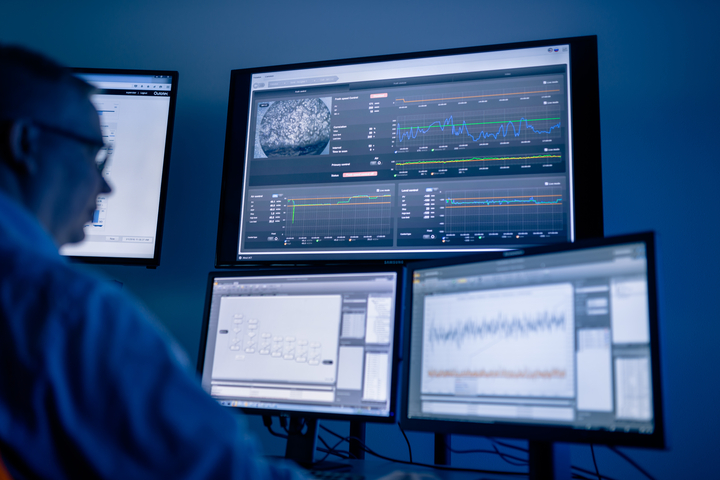
Do you have a few practical examples of innovations that are making a difference with your customers to optimize energy use or reduce waste?
I can think of several that are having a direct impact. For example Metso has recently launched an innovative flotation mixing mechanism, FloatForce+, for mechanical flotation cells. The new mixing mechanism will be available both as a feature of new Metso mechanical flotation cells, or as an aftermarket upgrade for existing flotation cells. The new mixing mechanism's design provides higher energy intensity, enabling mixing speed reduction in some applications, resulting in energy savings while simultaneously maintaining the metallurgical performance.
The FloatForce+ is manufactured with less material than previous generation mechanisms, while continuing to maintain the superior metallurgical and hydrodynamic performance. The improved design is produced using sustainable practices reducing its overall carbon footprint. The energy efficient design of the mixing mechanism does also provide an opportunity to further optimize the slurry densities in the flotation circuit.
Another interesting offering is crusher Customers who are using crusher liners that have not been optimized for a particular application may run into more frequent liner change-outs and wastage, as well as suboptimal performance, resulting in loss of production. Metso offers a Chamber Optimization service based on leveraging machine knowledge, tools and simulators, and extensive crushing expertise, to tailor the selection of wear parts to the customers' performance goals. For example, if the feed ore characteristics change over time, the crushing chamber should be modified to reflect the new operating conditions and targets. By leveraging these simulation tools, recommendations can be made such as using a different chamber geometry as well as optimizing the metallurgy selected to increase performance and liner utilization. High liner utilization means more of the liner is used up during operation, which results in fewer changeouts and less liner material ending up in landfills. Another benefit is that by optimizing the crusher chamber, depending on the application, sites can achieve up to 30% reduction in energy consumption, leading to lower cost per ton and a more sustainable operation.

One last innovation that comes to mind deals with maintaining filters. In many cases, customers manually clean their filters over multiple hours, leading to considerable downtime and the consumption of significant amounts of water. Metso offers an aftermarket upgrade, the , that involves automated pressure washing of the filter in minutes instead of hours of manual washing. It offers the potential to reduce overall water consumption and can lead to improved safety as service people reduce the time spent in higher risk service areas near the machine. A side benefit we have noticed is that as cleaning period and associated downtime is minimized, the filters tend to be better maintained over time, which can lead to less spare parts usage. The upgrade also has the commercial benefit of resulting in higher equipment availability, minimizing production losses normally incurred when the filter is manually cleaned.
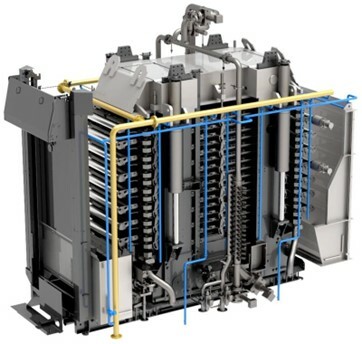
New technologies that bring environmental benefits can carry high upfront costs. Do customers seem more willing to make the investment?
Customers understand that investment in new equipment and aftermarket solutions can walk hand in hand with business performance. While upfront investment is required, the changes introduced can often lead to higher efficiencies and optimizations that can serve to reduce operating expenses. For example, optimizing parts leads to fewer parts having to be purchased and fewer worn components going to landfill.
What do you see happening in the space (sustainability, digitalization, innovations) 3-5 years from now? ŌĆŗ
With skilled labor currently in short supply, I anticipate new strategic partnerships with customers will be forged to help them leverage available digital solutions to improve sustainability performance. I also see the sheer pace of change accelerating — driven by digitalization which will result in a shorter innovation cycle. We are living in interesting times!
What are the next steps for Metso when it comes to sustainability?
Looking to the future, we are aiming to increase our focus on introducing new digital and AI solutions— without losing sight of our other ongoing initiatives, such as R&D exploring next-generation materials for utilization within our aftermarket offering. Using real-time data from customer pilots to fine-tune our development, we anticipate multiple new product launches in this space over the coming years.
We will also continue to move towards a more regional supply footprint that will allow us to better serve our customers in these uncertain times. We feel this can also lead to environmental advantages across our entire value chain, by reducing emissions from shipping parts to and from repair centers and other facilities.
I truly feel a sustainable future is achievable, but major changes in how resources are produced and consumed are needed. Metso has a tradition of pioneering change — we want to continue to push to see what is possible, in partnership with our stakeholders, by introducing new game-changing technologies and zero-waste practices.
For more ideas and inspiration, explore Metso's sustainable aftermarket offering here: Your #1 service partner from pit to port -
ABOUT THIS COMPANY
Metso
Metso is a frontrunner in sustainable technologies, end-to-end solutions and services for the aggregates, minerals processing and metals refining industries globally. We improve our customers’ energy and water efficiency, increase their productivity, and reduce environmental risks with our product and service expertise.
HEAD OFFICE:
- Rauhalanpuisto 9, 02230, Espoo, Finland
- Phone: +358 20 484 100
- Web:













